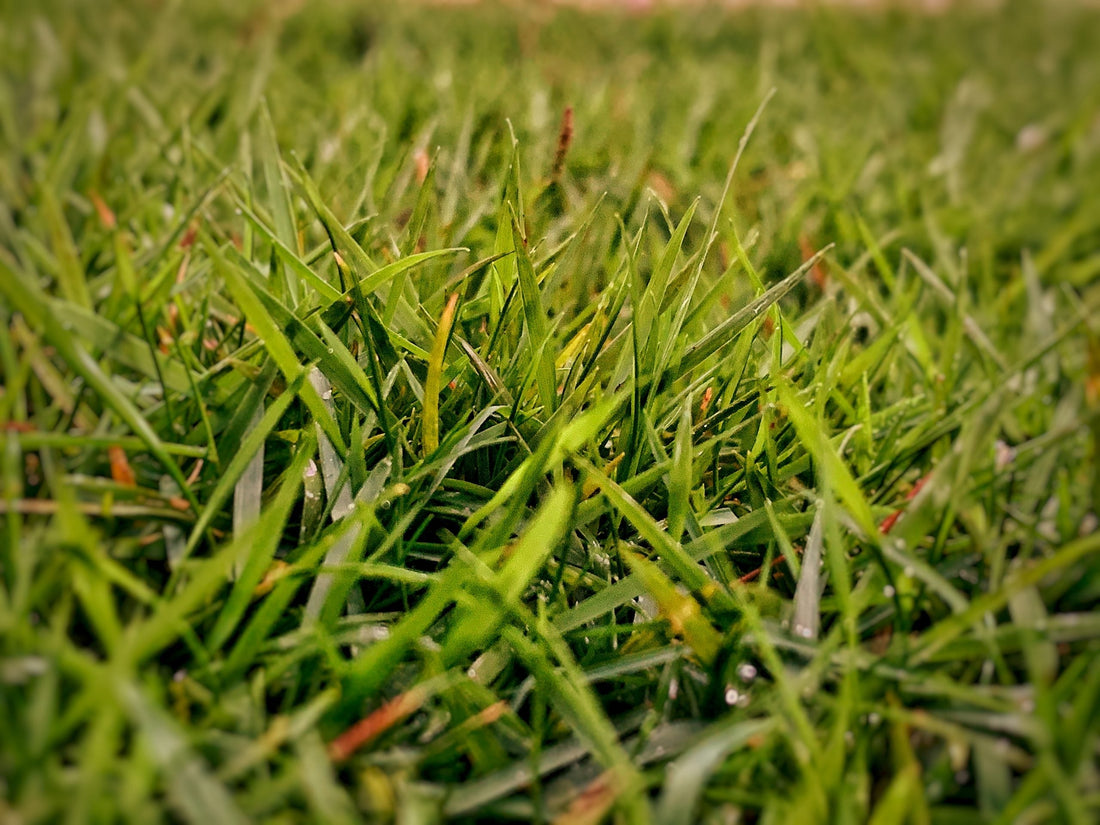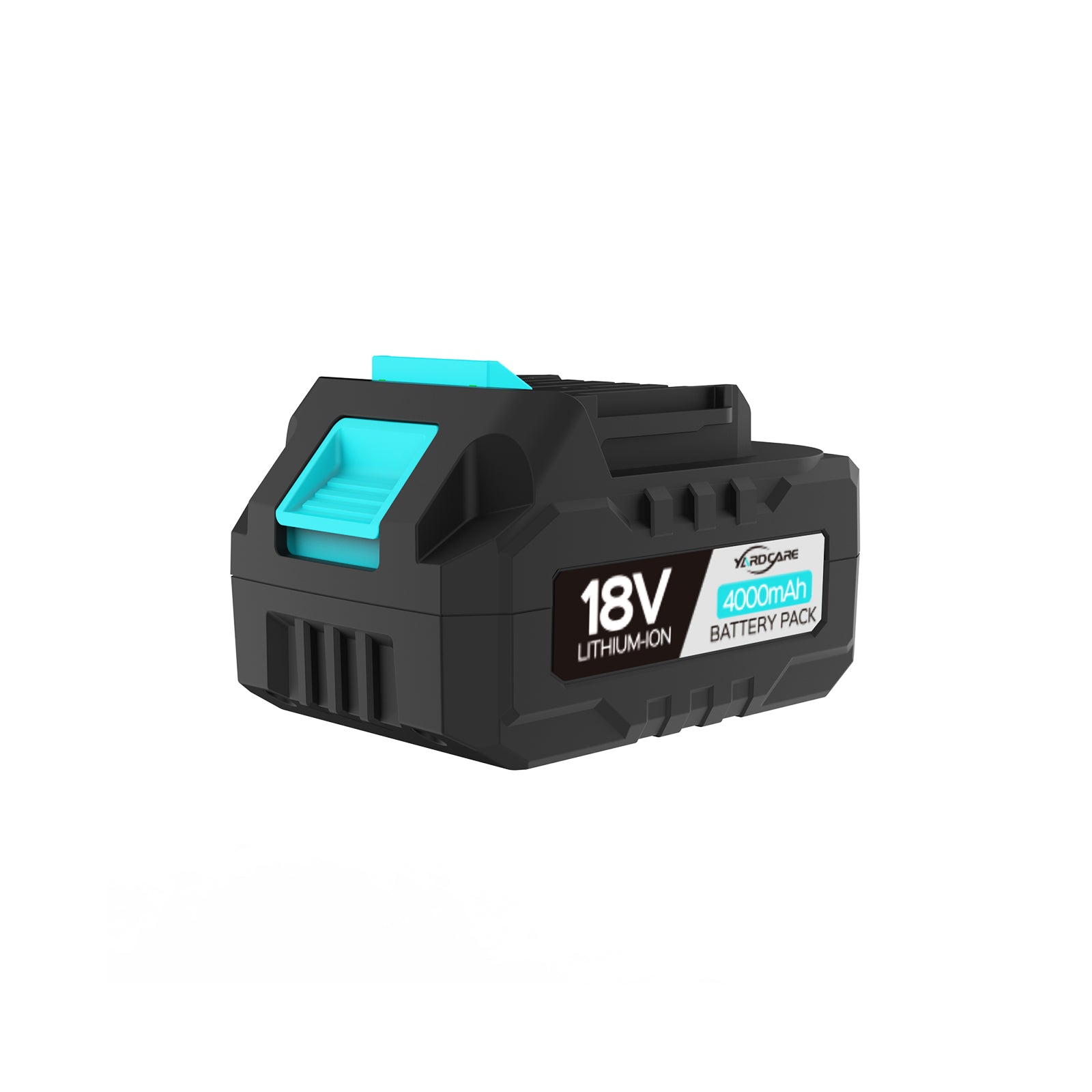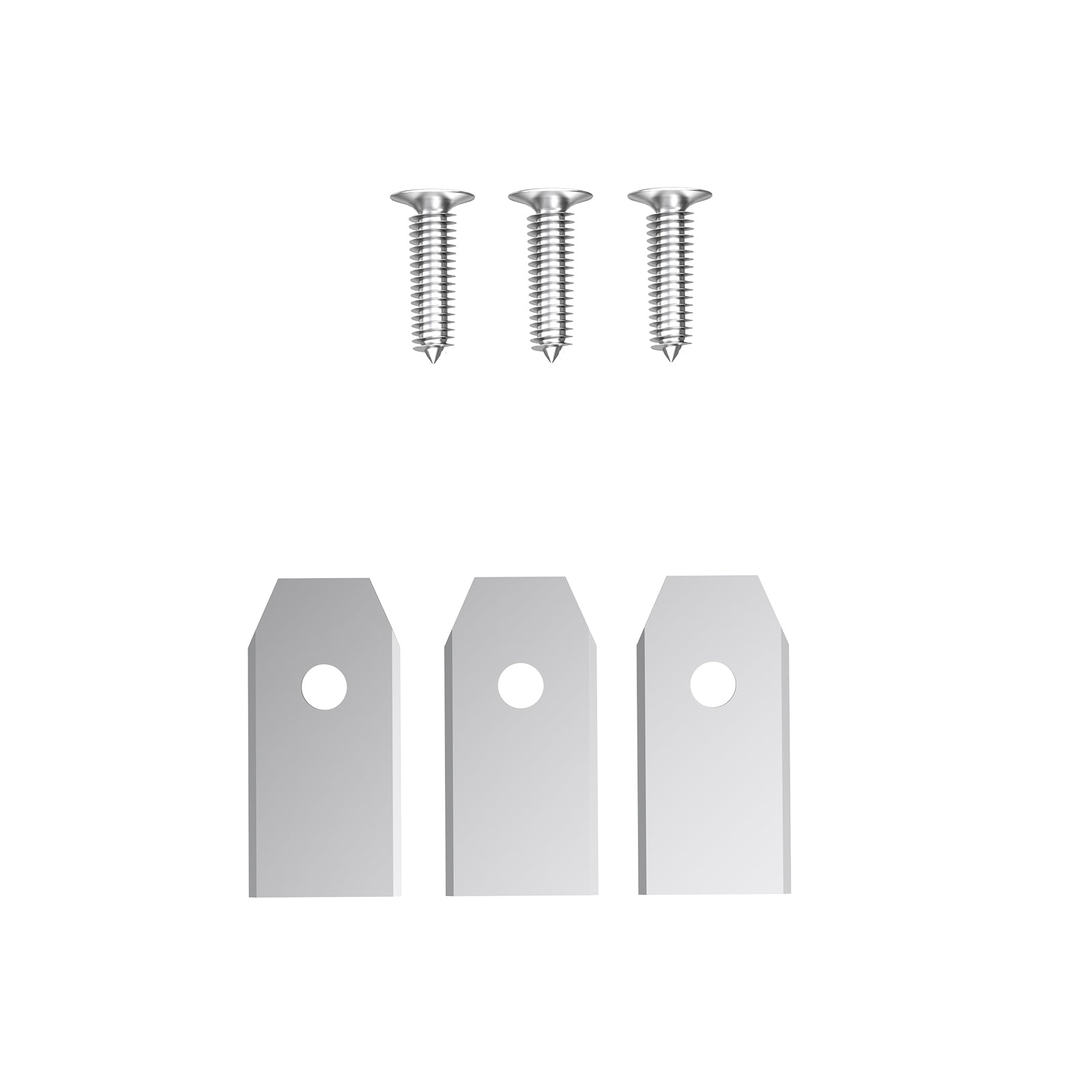What Are the Best Types of Grass Seed to Use for Lush Lawns?

A beautiful lawn looks thick, green, and vibrant throughout the year. Although routine care and maintenance are necessary to achieve this result, the outcome depends on the seed used to establish it.
Several grass varieties are available to consider for lawns today. The best choice depends on your climate, local conditions, and watering habits. Here is a closer look at the best options to use if your property isn’t achieving your desired curb appeal.
What Are the Best Grass Seed Varieties to Use?
To get the most out of your grass seed, it helps to prepare the soil before spreading. Loosen compacted areas, remove debris, and ensure the property drains well. You can apply a starter fertilizer with most varieties to lessen the establishment time, though the soil should stay moist during this initial period.
Remember to mow the lawn for the first time after those seeds produce grass blades of at least three inches.
1. Kentucky Bluegrass
If you love a lawn with dense textures and deep green coloration, this seed is your best option. It works well for properties in the northern regions, from Zones 3 to 7. It can even self-repair with its underground stems.
This option does germinate slowly, sometimes taking up to three weeks to begin coming through the soil. It can be susceptible to leaf spotting, and frequent watering is necessary.
2. Bermudagrass
You see this grass used for golf courses in warmer climates because of how fast it grows. It will also spread aggressively, allowing you to achieve dense coverage in high-traffic areas. Although it needs frequent mowing and fertilizing, it manages heat and drought well.
The one disadvantage of using this grass seed for some property owners is that it can go dormant during the winter months. That causes the lawn to turn brown. You can keep it going year-round with an adequate care protocol.
If you have flower beds or landscaped areas in your yard, consider adding borders to protect them from the grass as it spreads.
3. Ryegrass
This perennial lawn option develops cover for your property quickly. It is often used for temporary erosion control because of this feature, germinating in as little as five days. It works better for colder and transitional climates as its lifespan can be very short during a prolonged heat wave.
4. Zoysia
Some yards control weeds with herbicides and chemicals. Others allow them to grow to support pollinators. If you fit into the third group, the one that wants to use natural ways to choke out unwanted plants for a thick, beautiful lawn, this grass seed is the perfect solution to consider.
It grows into a dense green carpet, crowding out the weeds with its root base. It serves warmer climates well, adapting to heat and water shortages without requiring a lot of maintenance work once it gets established.
The issue for most homeowners is that it can take up to 12 weeks for this seed to establish itself. It can be fragile during this initial period, so stepping up your care routine and keeping traffic away from it is necessary.
5. Fine Fescue
For those with lawns that don’t receive a lot of traffic from pets, kids, or parties, this grass seed option is an excellent choice. It requires minimal maintenance and tolerating poor soil, drought conditions, and shaded areas. You can even spread it on slopes to help with ground control.
It doesn’t need much water to continue looking beautiful. If you give it too much, the root base can become vulnerable to disease development.
6. Buffalograss
Property owners in arid regions often opt to go without a lawn because the care costs can be significant. An option to consider in these circumstances is buffalograss. Once it matures, it becomes soft and spongy under your feet.
It doesn’t need a lot of mowing, making it a perfect option for those looking for automated solutions for this chore. Buffalograss handles the heat, survives cold winters, and doesn’t need much water once the root base is healthy.
You won’t want to use this seed if your yard experiences a lot of shade throughout the day. It also tends to be one of the more expensive choices for a new lawn in most growing regions.
7. St. Augustine
This grass seed thrives when it gets cast in a hot and humid climate. It also tolerates shade better than most other warm-season varieties. Once it gets established, you’ll have a reliable lawn that forms a dense carpet.
Although the root base is solid, this variety can be susceptible to certain fungal diseases. It can be helpful to test the soil before investing in the seed to ensure it will grow as expected.
For those along the Gulf Coast, there can be issues with chinch bug infestations. Expect to mow this lawn frequently and be out there watering it during the dry season to keep it healthy.
8. Rough Bluegrass
Does your property have shaded areas that tend to hold moisture? If so, this grass seed might be the perfect solution to consider. It offers a fine texture and reduced establishment time for homeowners in cooler, moist climates.
This option grows impressively well in the Pacific Northwest. However, it doesn’t tolerate heat well, so it can turn brown or become invasive when it encounters conditions it doesn’t like.
If you live in a warmer climate, this variety is an excellent choice for winter coverage. It is also useful for temporary overseeding during lawn repairs.
9. Meadow Fescue
Some lawns have poor soil foundations because of the existing local conditions. If you need something with a strong root system, this seed is an excellent choice. Although the texture is a little coarse, it will blend well with other species to improve your lawn’s overall resilience.
It offers moderate heat resistance but does tolerate occasional flooding without difficulty. You’ll want to give it some extra time to establish itself.
When Is the Best Time to Spread New Grass Seed?
If you live in a cooler climate, the best time to spread new grass seed is during the early fall. For most regions, that means between the last weeks of August through the middle of October.
In a warmer climate (beyond Zone 7), it works better to seed your lawn in the late spring or early summer. That means around the middle of April to about mid-June.
Avoid the hot months for cool-season grasses, while doing the opposite for warm-season varieties by not spreading during the winter.
By taking these steps while choosing an appropriate seed variety for your climate, you’ll be taking the first steps toward having a beautiful lawn all year long!






